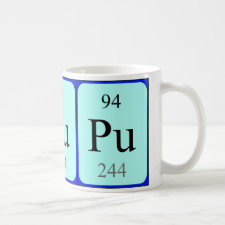
Authors: Zhong DD, Huang YP, Xin XL, Liu ZS, Aisa HA
Article Title: Preparation of metallic pivot-based imprinted monolith for polar template.
Publication date: 2013
Journal: Journal of Chromatography B
Volume: 934
Page numbers: 109-116.
DOI: 10.1016/j.jchromb.2013.07.006
Alternative URL: http://www.sciencedirect.com/science/article/pii/S1570023213003735
Abstract: One of the main challenges in MIPs preparation is the proper MIP monolith design for water-soluble compounds due to the difficulty in satisfying the demands of both good column permeability and affinity to polar template. A new strategy of metallic pivot in a ternary porogenic system of dimethyl sulfoxide (DMSO)-dimethylformamide (DMF)-1-butyl-3-methylimidazolium tetrafluoroborate ([Bmim]BF4) was suggested to solve this problem. An imprinted monolithic column with high porosity and good permeability was synthesized using a mixture of methyl gallate (template), 4-vinylpyridine, ethylene glycol dimethacrylate, and cobalt acetate. Some polymerization factors, such as template-monomer molar ratio and the composition of the ionic liquid, on the imprinting effect of the resulting MIPs monoliths were systematically investigated. In a mobile phase of acetonitrile-buffer, the greatest imprinting factor of 10.9 was obtained on the MIPs monolith with the optimized polymerization parameters. Thermodynamic analysis for separation demonstrated that the separation between the template and its analogs on the ion-mediated MIPs monolith is an enthalpy-controlled process
Template and target information: methyl gallate
Author keywords: monolith, molecularly imprinted polymer, metal ions, molecular recognition, Methyl gallate, Ionic liquid



Join the Society for Molecular Imprinting

New items RSS feed
Sign-up for e-mail updates:
Choose between receiving an occasional newsletter or more frequent e-mail alerts.
Click here to go to the sign-up page.
Is your name elemental or peptidic? Enter your name and find out by clicking either of the buttons below!
Other products you may like:
 MIPdatabase
MIPdatabase









